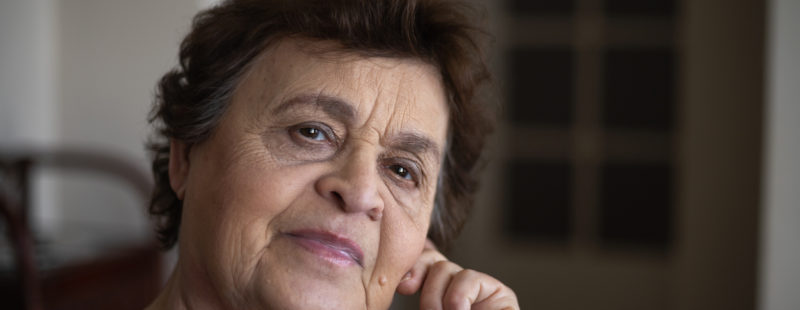Kate Jopling reflects on the groups who may need extra support in addressing loneliness as we move into the next phase of the Covid-19 crisis, who we’ll be talking about more in our next ‘Loneliness in the time of Covid-19’ discussions.
Lifting of restrictions
The (home) school holidays are finally here, and a rapid lifting of restrictions over recent weeks means that many more people are looking ahead to a summer that seemed impossible only a few short weeks ago. But as talk of return to normality accelerates, will we forget the lessons in loneliness that we’ve learnt from Covid-19?
That’s the risk we’ll be exploring in our next ‘Loneliness in the time of Covid-19’ workshop, when we’ll think about the groups who might need particular support to address loneliness after lockdown.
As ever, we’ll be bringing together brilliant organisations working on the ground to tackle loneliness to share their insight, learning and ideas about who will be most at risk and how we can and should respond.
In particular, we’ll look at three key challenges that are emerging:
- Addressing the needs of the clinically vulnerable
- Addressing the psychological impacts of loneliness
- Reaching those at the margins of participation
More vulnerable groups
While formal shielding guidance is being amended, some groups are significantly more vulnerable to the virus than others, and many people will continue to be advised to stay at home and minimise contact.
The rapid shift to telephone and online delivery has been a lifeline for many people in the “shielding” and “clinically vulnerable” groups. Many more have benefitted from the additional capacity for befriending, check-ins and chats made possible through mutual aid groups, the NHS Volunteer Responders scheme and other Covid volunteering schemes.
However, as organisations put their time and energy into reopening face-to-face services, and individuals return to work and normal volunteering activities, there are fears that this kind of at-distance support may not continue. We’ll also think about how to ensure ongoing support for clinically vulnerable people, many of whom have already faced months of isolation.
Long term loneliness
Long-term loneliness has damaging effects on both our mental and physical health, and loneliness can set off a downwards spiral of negative thinking and behaviour.
In our previous conversations, participants shared their concerns about the mental health of the people they work with, and have told us how some people are starting to lose confidence for social interaction.
The practical and legal barriers to getting back out and meeting people may now have been removed, but many people will still face internal barriers, and will need support to overcome these.
Social groups and activities provided by loneliness organisations can make all the difference for people who are closest to the margins between being connected and not. The chair-based exercise classes that help people maintain just enough mobility, or the faith groups that give people their remaining motivation to get out of the house – these are often the last places of connection for people who may otherwise be “lost”.
Weighing up risk
There is a real risk that the “deconditioning” that has happened over recent months, emotionally and socially as well as physically, may become irreversible if these individuals are not reconnected with soon. Although online and telephone-based provision have provided temporary respite, we know there is no substitute for face-to-face interaction.
However, organisations are faced with a complex task in weighing up the risks of bringing people, many of whom are vulnerable, together, against the risks of leaving some without the contact they need, and the information to guide their decision making remains limited.
In our next session we’ll start to think through the complex challenges that loneliness organisations will face in the months ahead, and surface practical ideas and solutions that we can share with others.



.png)


No comments on this article yet. Please feel free to submit a comment below.
By submitting a comment you grant Campaign to End Loneliness a perpetual license to reproduce your words and name/web site in attribution. Inappropriate and irrelevant comments will be removed at an admin's discretion. Your email is used for verification purposes only, it will never be shared.